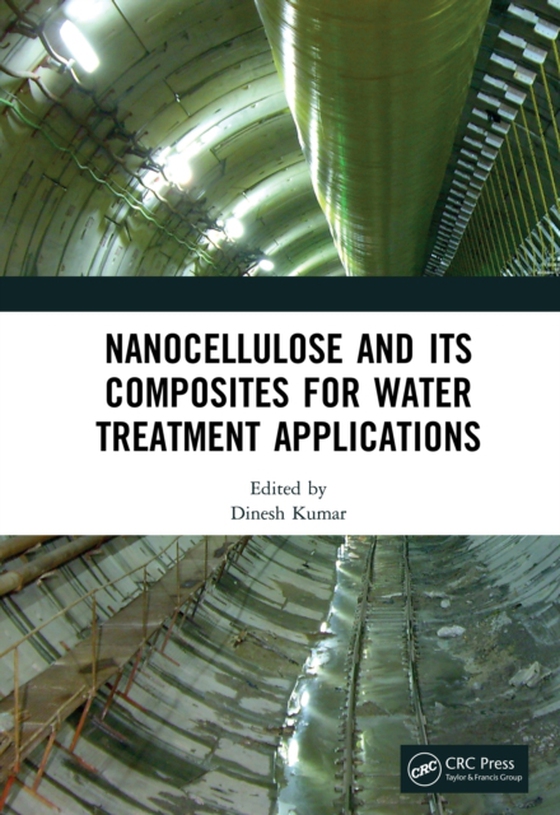
Nanocellulose and Its Composites for Water Treatment Applications e-bog
436,85 DKK
(inkl. moms 546,06 DKK)
Biological materials and their applications have drawn increasing attention among scientists. Cellulose is an abundant, renewable, biodegradable, economical, thermally stable, and light material, and it has found application in pharmaceuticals, coatings, food, textiles, laminates, sensors, actuators, flexible electronics, and flexible displays. Its nano form has extraordinary surface properties...
E-bog
436,85 DKK
Forlag
CRC Press
Udgivet
11 juli 2021
Længde
218 sider
Genrer
MMR
Sprog
English
Format
pdf
Beskyttelse
LCP
ISBN
9781000403299
Biological materials and their applications have drawn increasing attention among scientists. Cellulose is an abundant, renewable, biodegradable, economical, thermally stable, and light material, and it has found application in pharmaceuticals, coatings, food, textiles, laminates, sensors, actuators, flexible electronics, and flexible displays. Its nano form has extraordinary surface properties, such as higher surface area than cellulose; hence, nanocellulose can be used as a substitute for cellulose. Among many other sustainable, functional nanomaterials, nanocellulose is attracting growing interest in environmental remediation technologies because of its many unique properties and functionalities.Nanocellulose and Its Composites for Water Treatment Applications supplies insight into the application of nanocellulose and its nanocomposites for water purification and remediation. It covers different classes of nanocellulose-cellulose nanocrystal (CNC), microfibrillated cellulose (MFC), hairy cellulose nanocrystalloid (HCNC), and bacterial nanocellulose (BNC)-for their competency with other renewable and carbonaceous materials such as pectin, alginate, and CNTs. Future perspectives of nanocellulose and nanocomposites gleaned from different biodegradable origins are also discussed.This book delves into an updated description of the basic principles and developments in synthesis, characterization methods, properties (chemical, thermal, optical, structural, surface, and mechanical structure), property relationships, crystallization behavior, and degradability of biodegradable nanocomposites. The book also supplies vivid information about various cellulose nanomaterials and their applications in absorbing organic and inorganic toxins, membrane filtration of bacteria, viruses, and ionic impurities, photocatalytic dye removal, and sensing of water toxins.FeaturesDetails the synthesis and characterization methods of nanocelluloseIllustrates the applications of nanocellulose and its nanocompositesShows in-depth accounts of the various types of properties of nanocellulose and its compositesFeatures emerging trends in the use of nanocellulose as adsorbents, sensors, membranes, and photocatalysis materialsThis book will be useful for academics, researchers, and engineers working in water treatment and purification.
 Dansk
Dansk

